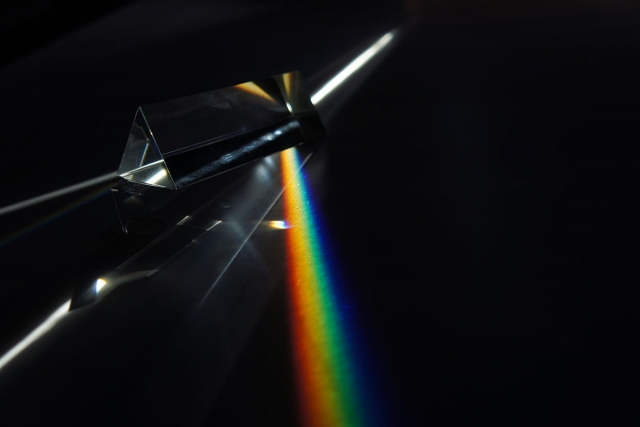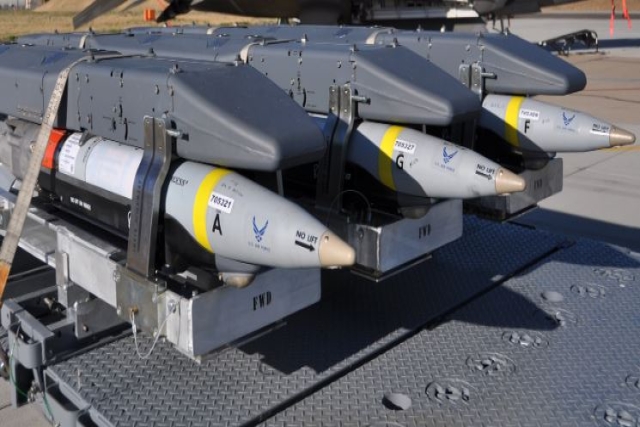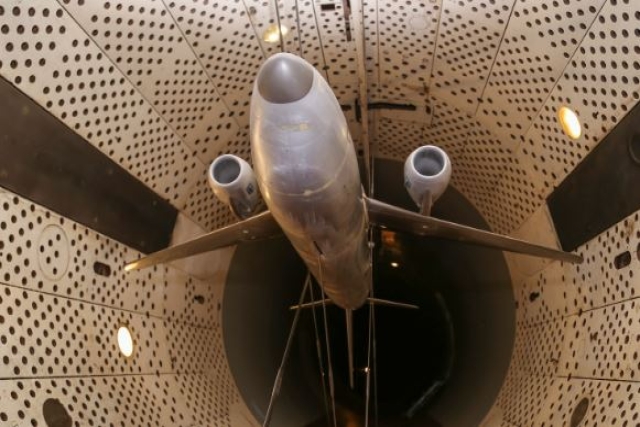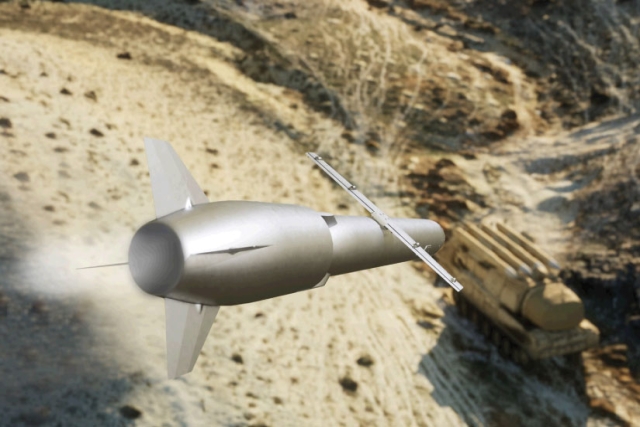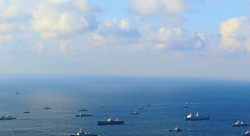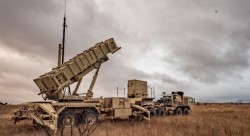US Develops Plastic 14 times Stronger than Steel for Military Armor
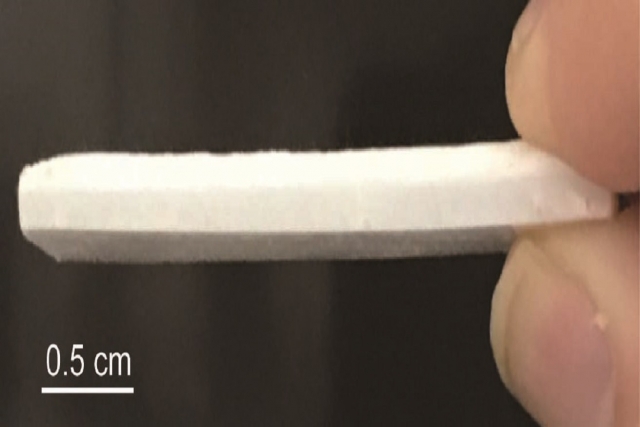
The US Army research has developed plastic that is 14 times stronger and 8 times lighter (less dense) than steel for use in body armor, helmets, ballistic plates, aircraft and combat vehicles.
The lightweight plastic, that can absorb the impact of bullets and other projectiles, was created by researchers at Buffalo University mimicking the outer coating of pearls (nacre, or mother of pearl). The research is funded by the Army Research Office (ARO), which is an element of the US Army Combat Capabilities Development Command's Army Research Laboratory.
"The material is stiff, strong and tough. It could be applicable to vests, helmets and other types of body armor, as well as protective armor for ships, helicopters and other vehicles," said Dr. Shenqiang Ren, professor in the Department of Mechanical and Aerospace Engineering, a member of University at Buffalo's RENEW Institute.
The bulk of the material is a souped-up version of polyethylene (the most common plastic) called ultrahigh molecular weight polyethylene, or UHMWPE, which is used to make products like artificial hips and guitar picks.
When designing the UHMWPE, the researchers studied mother of pearl, which mollusks create by arranging a form of calcium carbonate into a structure that resembles interlocking bricks. Like mother of pearl, the researchers designed the material to have an extremely tough outer shell with a more flexible inner backing that's capable of deforming and absorbing projectiles.

"In contrast to steel or ceramic armor, UHMWPE could also be easier to cast or mold into complex shapes, providing versatile protection for Soldiers, vehicles, and other Army assets,” said Dr. Evan Runnerstrom, program manager, materials design, ARO.
This is what's known as soft armor, in which soft yet tightly woven materials create what is essentially a very strong net capable of stopping bullets. KEVLAR is a well-known example.
The material the research team developed also has high thermal conductivity. This ability to rapidly dissipate heat further helps it to absorb the energy of bullets and other projectiles.
The team further experimented with the UHMWPE by adding silica nanoparticles, finding that tiny bits of the chemical could enhance the material's properties and potentially create stronger armor.
